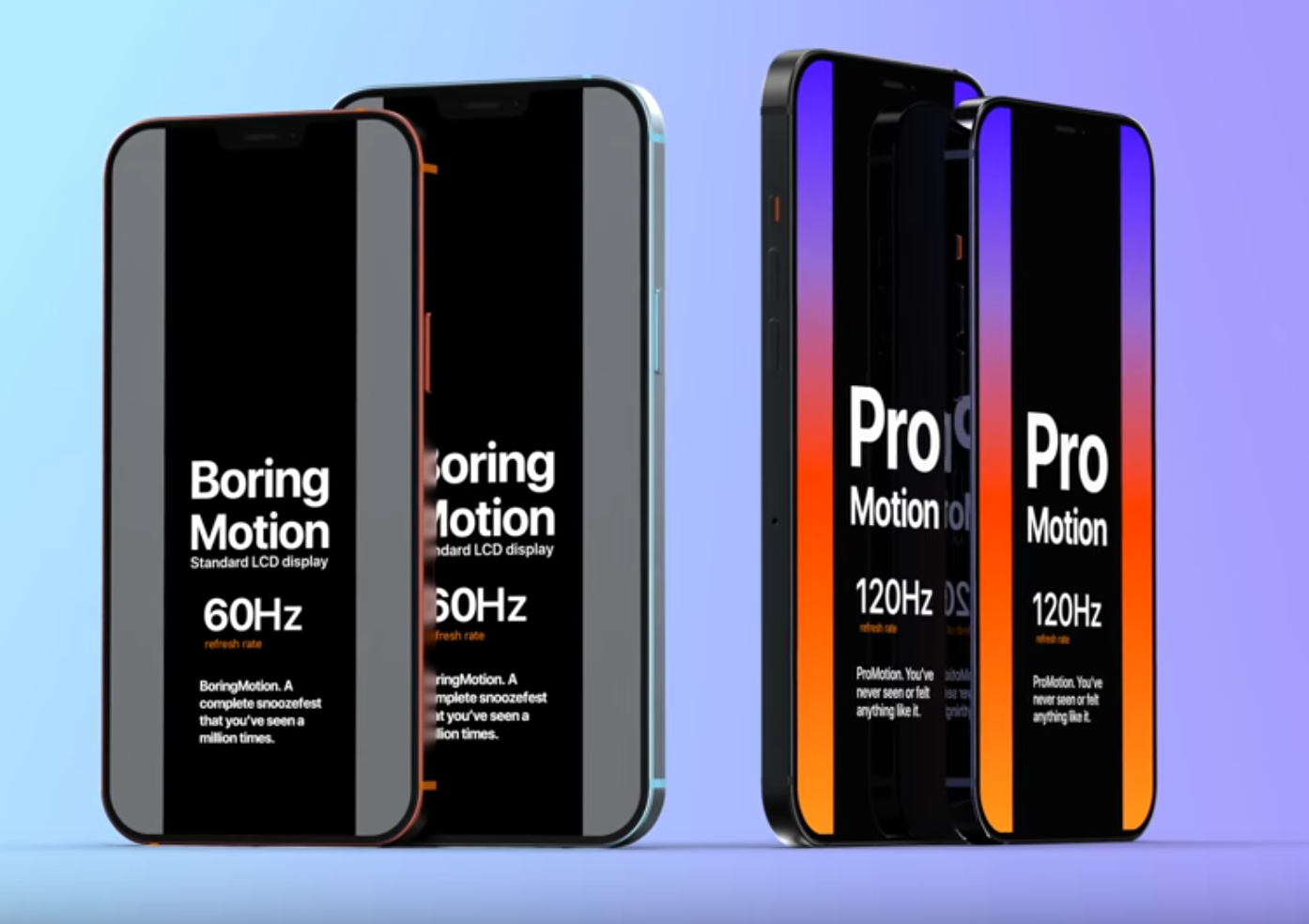
80% of iPhone 12 displays to be supplied by Samsung, LG and BOE to pick up the rest
by Sanjiv SathiahApple frenemy Samsung has secured the supply of 80 percent of Apple’s iPhone 12 OLED display orders according to Digitimes. The remainder of the OLED panel supplies are said be supplied by both LG and BOE.
Apple and Samsung have long had a fraught relationship with the Samsung’s mobile division in Apple’s crosshairs in the infamous iPhone copycat lawsuits only settled as recently as 2018. While Apple was busy suing Samsung’s mobile division for patent infringement, it was still busy placing orders with Samsung’s other divisions for a wide range of componentry for it iPhone, iPads and MacBooks. Despite suggestions that it was trying once again to diversify its iPhone 12 display supply chain to reduce dependency on Samsung, Digitimes is now reporting that Samsung has won the contract to supply 80 percent of Apple’s iPhone 12 OLED displays.
According to Digitimes, a reasonably well-connected industry supply chain rag based in Taiwan, the remainder of Apple’s iPhone 12 OLED orders will go to LG and BOE. It is a little difficult to discern how the panels from the various manufacturers will be split across what is expected to be a four-model iPhone 12 range. The 6.1-inch and 6.7-inch Pro models are expected to be fitted with OLED displays capable of supporting a 120 Hz refresh rate, like Samsung’s current Galaxy S20 range. However, while the non-Pro 6.1-inch model and the non-Pro 5.4-inch iPhone 12 models are expected to get an OLED panel (a first for a non-Pro iPhone), these will be limited to a refresh rate of 60 Hz.
Given that Apple’s non-Pro iPhone 11 is Apple’s biggest selling iPhone and the biggest selling model sold by any manufacturer, we can expect the more affordable iPhone 12 models to once again be the biggest sellers. However, this would suggest that Samsung is the supplier for these models as it has captured the contract with the highest volume of displays. However, splitting 20 percent of iPhone 12 Pro displays between LG and BOE doesn’t really add up either. What it does open up the door to is the possibility that some Pro displays could end up being made by different manufacturers – anywhere up to three in fact. Samsung mobile copped plenty of flak for fitting the Galaxy S20 with different chipsets in different markets. Is Apple opening itself up to the same sort of criticism?